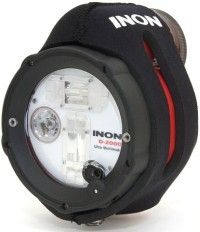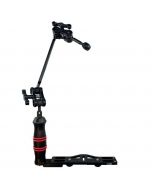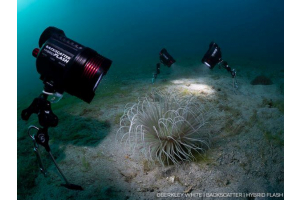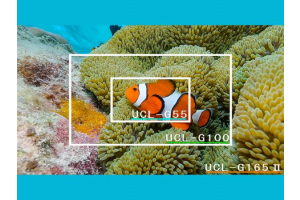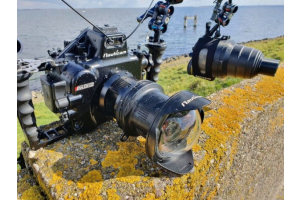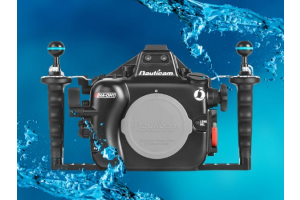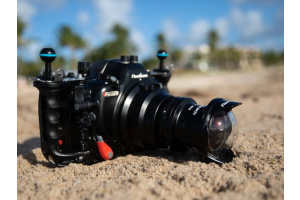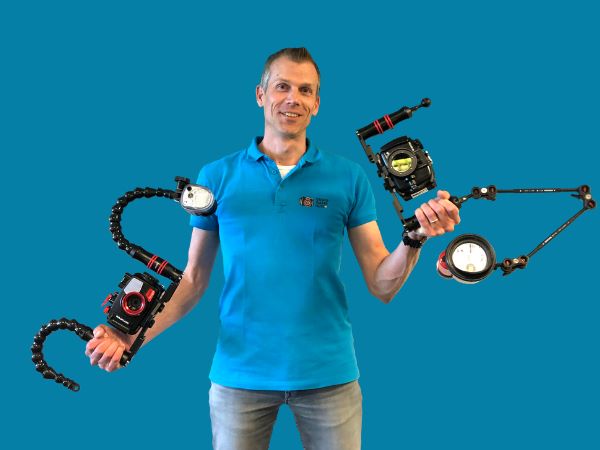
When you purchase a new camera, strobe or lamp, you will choose this with care. Unfortunately less attention is given to choose the arms for the strobe or videolight. The choice of the right arm system is very important. We will explain why.
Are you using the wrong arm system?
This can cause several annoyances :
- underexposed images/video
- shaky videos
- painful, tired wrists / arms after one hour of filming
- where do I store my wide angle lens while diving?
In the ideal situation….
- you can easily and freely aim the flash or lamp.
- the set has a neutral buoyancy and is perfectly balanced.
- you have enough mounting options for lenses and accessories.
This will result in:
- Better exposed recordings/images
> Less unsharp or shaky images
> Improving your air consumption
> More comfort and pleasure while photographing and filming.
2 different arm systems : Flex arm systems and ball arm systems
The tray is the plate on which the underwater housing and 1 or 2 handles are mounted. These are mostly included to the underwater housing and has some mounting points for the arm systems. Important to choose the right arm system! Two categories can be distinguished: flex arm systems and ball arm systems.
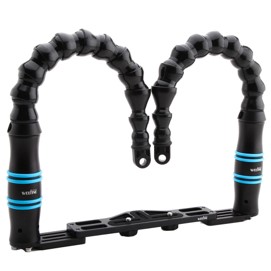
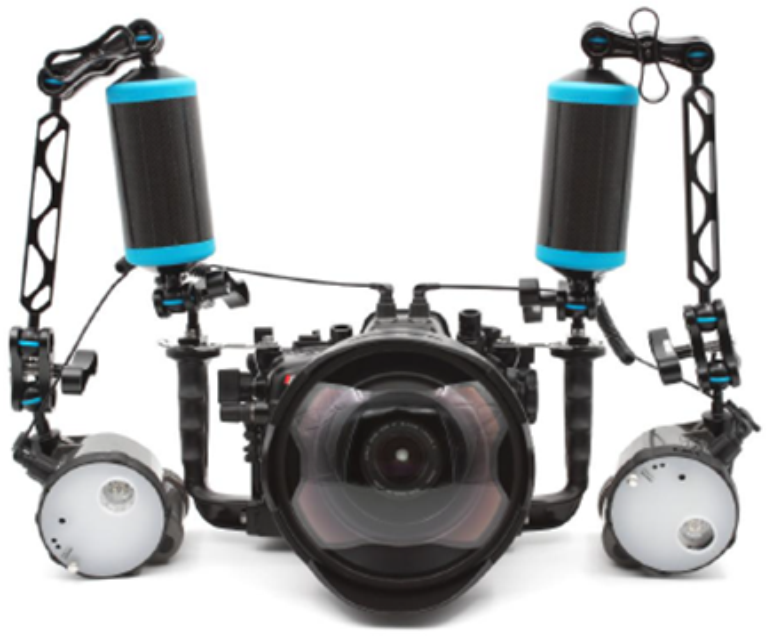
What are flex arms?
Flex arm systems are also called locline-arms or flexible arms. These are flexible bendable arms built up from separate plastic elements / balls clicked together, to be moved relative to each other. These are available in ½ inch and ¾ inch. A thicker arm is a little bit stiffer. Therefore the ¾ inch arm can be moved more difficult. However the ¾ inch arms is stronger and has more loading capacity. In general you can say that flex arms are a fine solution for a small flash or lamp, when you do not need to store a lot of accessories during your dive.
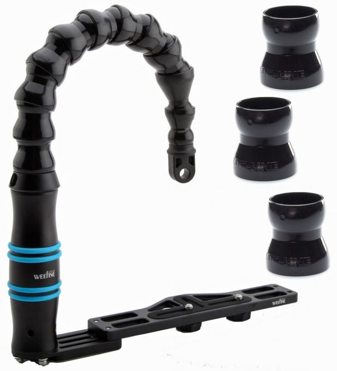
The advantages of flex arms:
> Light weight : ideal for travelling
> Easily to adjust : just grab the flash or lamp and point it into the right direction.
> Length can be adapted simply by adding or removing elements
> Competitively priced; new underwater photographers or -filmers often start shooting using a flex arm
The disadvantages of flex arms:
> Limited length/loading capacity: when you make the arm too long the flash or lamp will bend through and will not stay in position.
> Limited bending radius: the elements can only be moved a little bit in relation to each other. This makes the maximum bending of the arm limited. When you bend the arm too far and too powerful it is possible that you take the elements apart from each other and that the arm will “break” in two pieces. The arm is not broken, but will have to be put back in each other with a some force.
> Noisy during the adjustment: for a lot of underwater photographers the noise of the bending of the flex arms is familiar. This is annoying with shy objects! When the animal startles of the sound, you will probably not be able to make the picture.
> Sensitive to wear: especially when a bit of sand comes in between, which makes the arms stand less in place over time.
> Some water remains in the arm after the dive. Good to consider when you dismantle your set ;-).
> Limited possibilities to adjust the floating capacity: there are floating blocks to be slide over the arm, but the number of possibilities to enlarge the floating capacity of the set through the arms is limited. The flex arm itself is very light.
> Limited mounting possibilities for accessories, like lens holders etc.
What are ball arms?
Ball arm systems are also called ball and joint arms. These are aluminum arms (rods) with a ball on the end. Clamps are used to connect the arms to each other. Nowadays the diameter of the ball is 1 inch. The arms are available in several lengths. The so-called stick-arm is a little bit thinner than the usual arms, which gives less resistance during driftdives. The thin stick arms are also available in a multi ball version. These arms do not only have a ball at the end but they also have 1 or 2 balls in the middle of the arm, so you can mount with a clamp an extra lamp or flash. There are even telescopic/extendable arms. Useful when you want to be flexible in the use of your arm set. Normally they are used as legs for a tripod. And last but certainly not least available as floating arms: these are hollow arms to compensate the buoyancy.
The advantages of the ball /joint arms :
> Overall unlimited liberty of movement: especially with 2 arms together. You can even position the flash besides the port of your underwater housing.
> High loading capacity (longer arms possible): because of the rubber ring on the ball the adjustment is very easy and needs only to be tightened loosely.
> Floating capacity is completely adjustable : with floating blocks (Stix floats) on the standard arms or by using floating arms.
> A lot of mounting possibilities for lenses and accessories
> No noise during adjustment
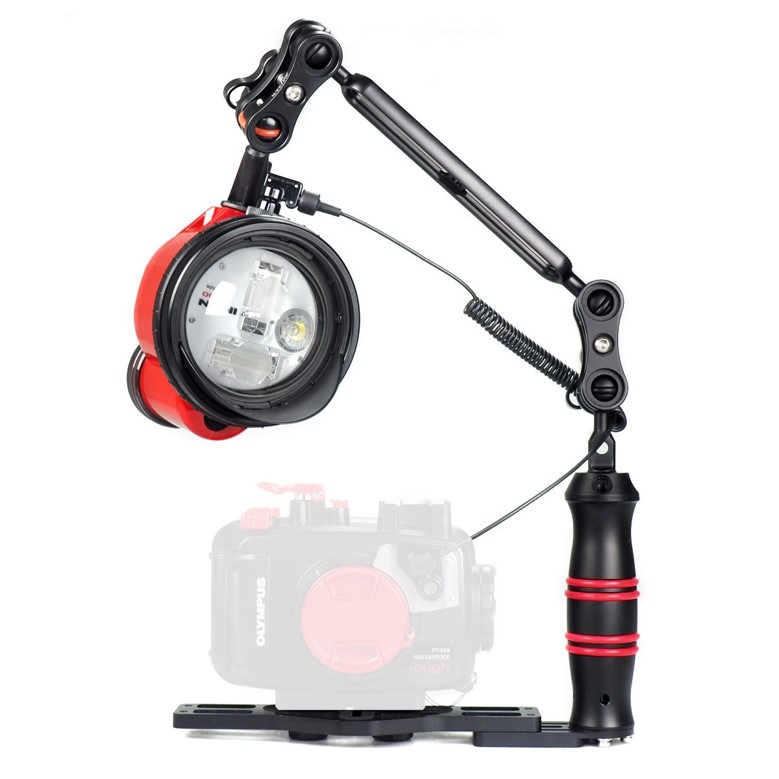
Disadvantages of ball arms:
> More difficult to adjust ? No ! This is a misunderstanding. The idea is that you tighten the clamps so loose so they can just carry the weight of the flash or the lamp. You can then easily position the lamp or flash by pushing it into the right direction. Without tighting the clamps! When you come out of the water you will have to tighten them, so prevent the flash or the lamp to lower down.
> On the land these arm systems are heavier than the flex arms. Under water this this can completely be compensated, so therefore it makes no difference.
> More expensive in purchase, however they are universal and will last a very long time.
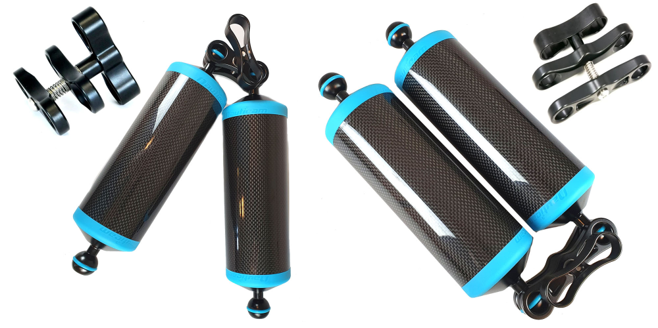
Tip: Use long clamps for double folding the float arms.
Floating arms are a lot thicker than usual arms. If you want to double fold two floating arms, the floating parts can touch each other when you use normal clamps. For these floating arms we have extra large clamps in our product range (long clamps). With a long clamp between the floating arms you can completely double fold your arm.
Balance
Your set can be completely neutral (does not want to go up or down), but can have the tendency to tilt. For example with a heavy dome. With a floating ring on the dome you can get more floating capacity to the side of the dome. When the set tilts to the other side (backwards), you can use a special trim weight band around the dome, to be filled with soft lead.
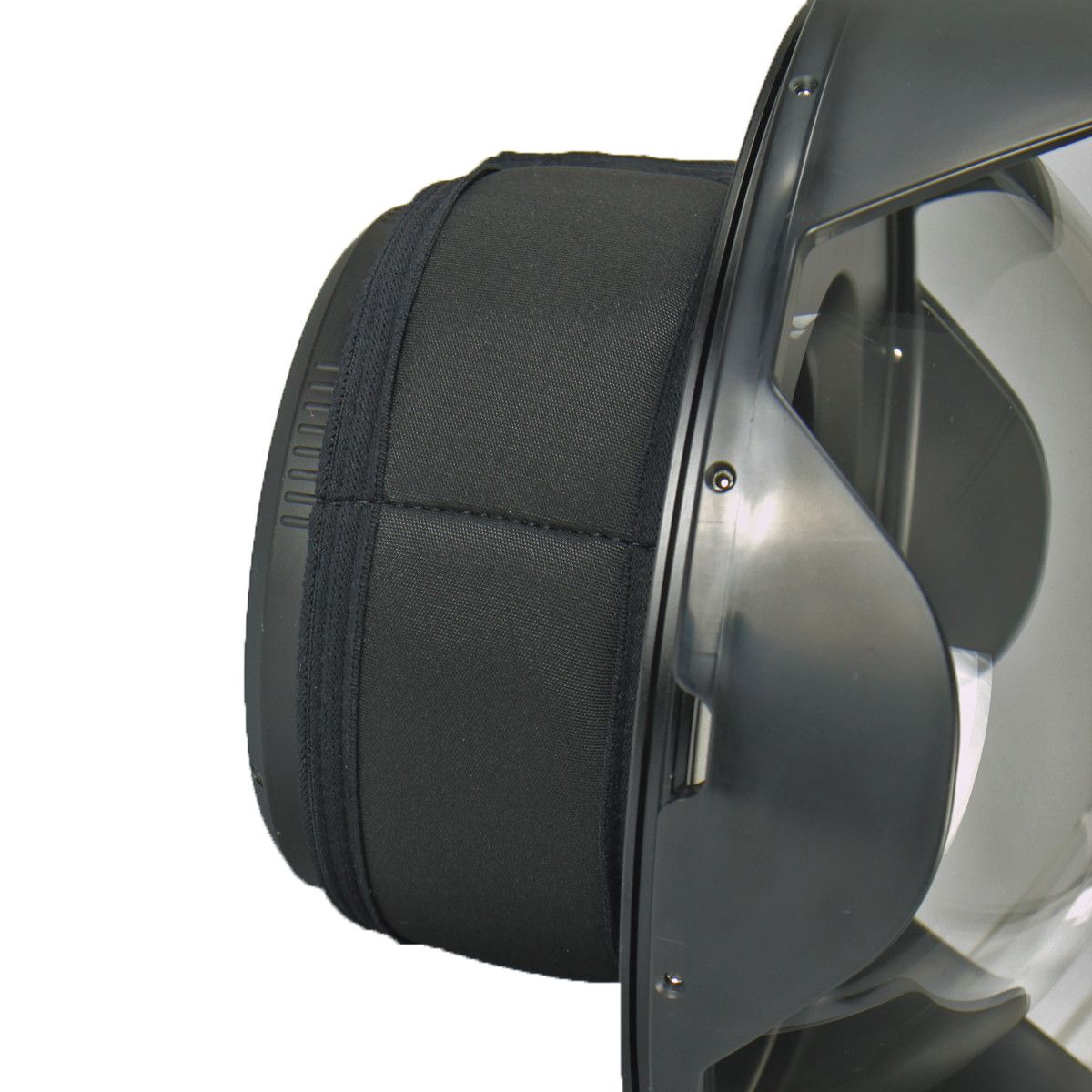
Trim weight band to be filled with soft lead
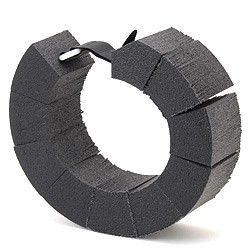
Stix float belt FB10 Floating ring to be used around the dome of the underwater housing, consisting out of 10 loose elements
Mounting possibilities lenses and accessories
For ball arm systems different mountings are available, for mounting for example lenses, lanyard or an extra lamp.
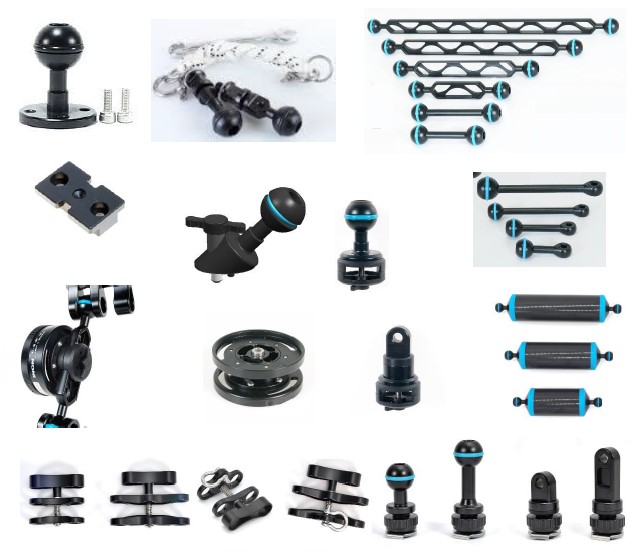
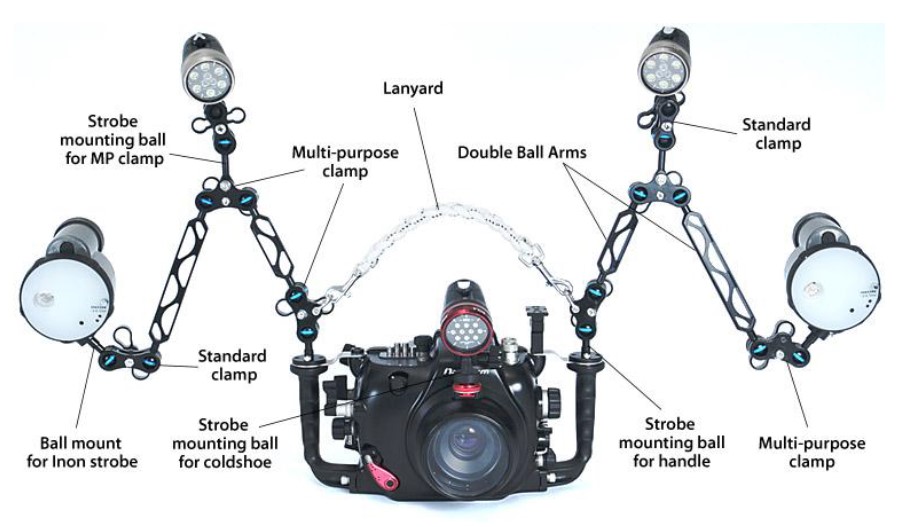
Neoprene float cover for your strobe
To create more floating capacity you can also use a neopreen cover around your strobe. This fits like a glove around your strobe and also protects your strobe during the dive and during transport. There are neoprene floating covers available for the following strobes:
Sea & Sea YS-D3 neoprene cover
INON Z-330, Z-240, Z-220, D-2000, D180 strobes
Retra flash, Retra flash Prime & Retra flash Pro Neoprene cover for INON strobes
Comfort and pleasure
An arm system that is perfectly adjusted to your underwater camera will give you more comfort, better recordings and more pleasure in underwater photography. No painfull arms or annoyances any more during the photography, so you can fully concentrate on taking nice pictures !
Questions?
Or need any help? Just contact us: info@onderwaterhuis.nl or call +31-(0)165-553944. You can also visit us in our showroom in Oud Gastel (The Netherlands, between Antwerp and Rotterdam). We are open 6 days a week. We are happy to assist you.
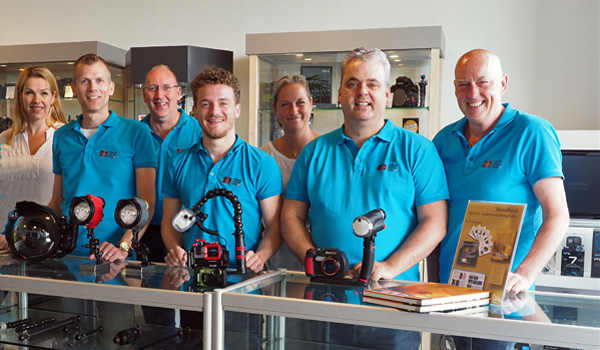

 Nederlands
Nederlands
